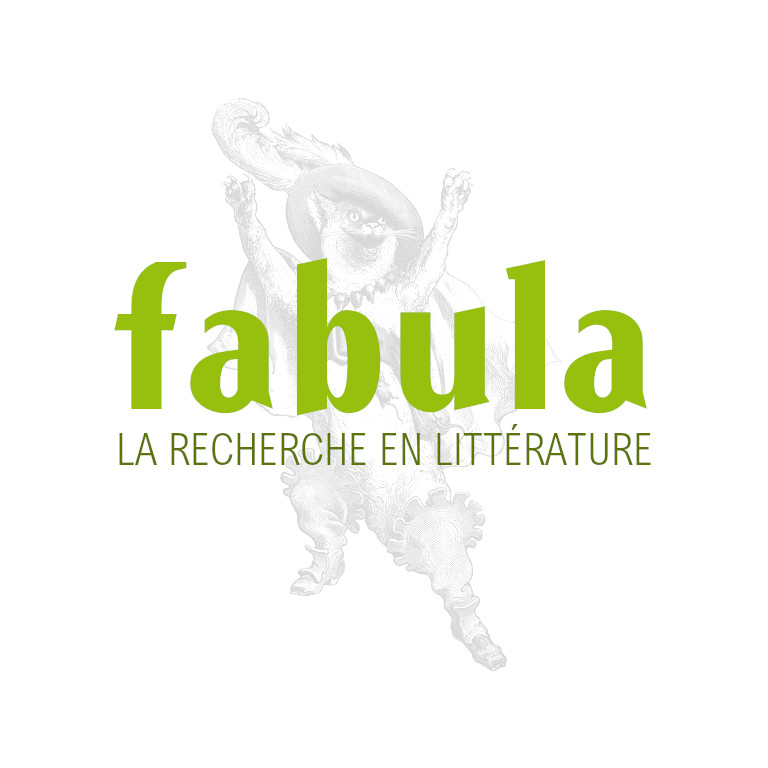
« La retraduction en littérature de jeunesse »
Colloque international
8 et 9 février 2013, Université de Rouen, France
Organisé par l’ERIAC, avec le soutien de l’Institut International Charles Perrault, Eaubonne
Si la retraduction est un phénomène qui caractérise depuis longtemps la littérature, il apparaît de plus en plus que la littérature de jeunesse, elle aussi, puisse revendiquer cette pratique comme une forme de consécration de sa légitimité et de l’intérêt renouvelé que tel ou tel texte, album ou roman peut susciter d’un pays à un autre. En effet, que l’on entende « retraduction » au sens de deuxième traduction dans une même langue étrangère à partir du texte d’origine, ou comme deuxième traduction fondée sur une première traduction plus que sur le texte d’origine, ou encore comme rétro-traduction vers le texte d’origine à partir d’une traduction, ces diverses reprises attestent que la littérature de jeunesse connaît le même processus de sélection et de canonisation que la littérature générale. Pour autant, nous souhaitons discuter de la spécificité de la littérature de jeunesse dans ce domaine ou, tout au moins, poser un certain nombre de questions mettant en évidence des caractéristiques propres à la littérature de jeunesse en se demandant ce qui peut expliquer que telle oeuvre se voie l’objet d’une (voire plusieurs) retraductions.
- On pourra ainsi chercher du côté de l’oeuvre en elle-même, et examiner les qualités littéraires, narratives, stylistiques de l’original, mais aussi de sa première traduction, qui « appelleraient » une retraduction.
- Dépassant les seules limites du texte, on pourra choisir de s’intéresser à la tradition de littérature de jeunesse du pays où s’effectue cette retraduction, ainsi qu’à la politique des éditeurs et aux catalogues des maisons d’édition qui s’en emparent à différents moments.
- Des comparaisons entre pays et maisons d’édition (autour d’une même oeuvre ou d’auteurs différents) apporteront aussi des éléments de réponses propres à la culture et à l’histoire de chacun des pays et éditeurs retenus.
- Le statut même du champ de la « littérature de jeunesse » pourra faire l’objet d’interrogations visant à montrer comment la reconnaissance de cette littérature alimente le phénomène de retraduction et s’en autorise.
- Plus spécifiquement encore, on pourra se demander comment l’apparition de children’s literature translation studies au sein des children’s literature studies participe, du côté de la recherche universitaire, à la dynamique de la traduction-retraduction en littérature de jeunesse.
- À l’inverse, il sera également intéressant de voir si certains textes ont résisté ou résistent à la retraduction, tandis que d’autres sont régulièrement retraduits.
Ces pistes, et d’autres encore, pourront être explorées à partir de textes et d’auteurs de langues différentes, privilégiant et/ou combinant des approches tant stylistiques, que littéraires, historiques et idéologiques.
Les propositions de communication en français ou en anglais (150 à 300 mots) ainsi qu’une courte notice biographique seront envoyées avant le 3 septembre 2012 aux deux adresses suivantes :
Virginie Douglas : virginie.douglas@wanadoo.fr
Florence Cabaret : florence.cabaret@univ-rouen.fr
************************
“Retranslating children’s literature”
International Conference
February 8th and 9th, 2013
University of Rouen, France
Organized by ERIAC, University of Rouen, with the support of Institut International Charles Perrault, Eaubonne
If the practice of retranslating texts has long characterized literature, it appears that children’s literature has become the object of a growing number of retranslations which obviously consecrate its legitimacy and the renewed interest triggered by various books (from the novel to the picture book) in different countries. These many revivals are proof enough that children’s literature goes through the same process of selection and canonization as mainstream literature, whatever forms of retranslations we may take into consideration –whether we think of “retranslation” as the second translation of an original text into a foreign language, or as a new translation based on another translation instead of the source text, or as a back-translation from a translated text into the native language of the source text. Bearing in mind this diversity of situations, we would like to discuss the specificity of children’s literature in the particular field of Translation Studies and analyze through examples borrowing from various periods, cultural traditions and authors the reasons why a given book is chosen to be translated again (and again and again, for some of them).
Papers may choose to tackle one or several of the following issues:
- Focusing on the text itself, one may think of looking into the aesthetic dimension of the source text so as to raise questions pertaining to its narrative organization, stylistic features and literary creativity. What elements, whether in the original work or in its first translation, make it necessary to retranslate the said original work?
- Beyond the space of the text itself, one may decide to examine the cultural background of the country where the retranslation is undertaken, as well as publishers’ policies and strategies in building up their lists of publications.
- Comparisons between languages, countries and publishing houses (about a similar work or about different authors) may also provide answers specific (or not) to the cultural history of the countries and publishers discussed.
- The institutionalization of “children’s literature” may also be an angle to engage with the way retranslation feeds on this increasing financial and academic authority.
- More pointedly even, one may wonder what part the growing importance of Children’s Literature Translation Studies within the field of Children’s Literature Studies plays in such translating-retranslating dynamics in this literary scene.
- Conversely, it would also be relevant to see whether and why some texts have resisted or still resist the retranslation urge while others have been regularly reappraised through constant linguistic reappropriations.
Proposed papers, in French or in English (150-300 words), as well as a short biographical notice, should be sent before 3rd September 2012 to the two e-mail addresses below:
Virginie Douglas: virginie.douglas@wanadoo.fr
Florence Cabaret: florence.cabaret@univ-rouen.fr